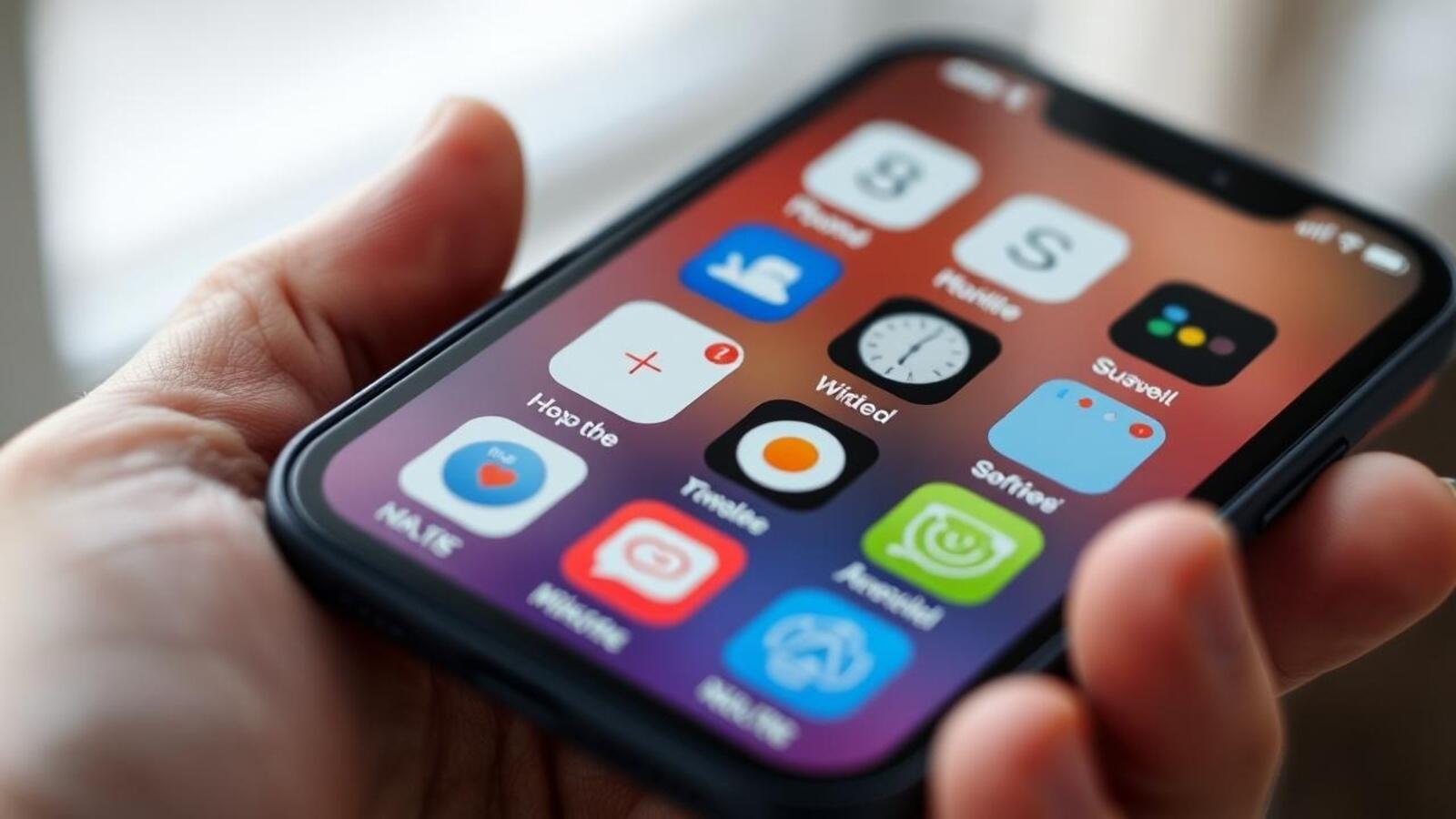Most Asian smartphone companies achieved remarkable success in 2025, yet one thing became apparent this year: OnePlus is fading away.
This year has seen an impressive lineup of smartphone launches, with Vivo, OPPO, and Huawei standing out with their offerings. The tri-folding Mate XT kicked off the year with a bang, and camera-centric models like the Vivo X200 Ultra and Find X8 Ultra demonstrated the potential of Chinese brands investing in this domain.
It’s not solely about camera capabilities; the latest flagship models reveal how advanced these smartphones have become. Battery technology has progressed significantly in the past year, with 7,000mAh batteries becoming quite common. I had the opportunity to test all the devices released by Chinese phone makers this year, and I will assess the performance of each brand based on their 2025 launches. Let’s dive in.
Vivo: A+
Without a doubt, Vivo is currently my preferred Android brand. It has produced top-notch cameras over the past two years, and in 2025, it revamped its software with the global launch of OriginOS. The Vivo X300 Pro is my top recommendation for the best cameras currently available, and it excels as an all-around device as well. Vivo is making all the right moves in the mid-range segment with models like the V50 and V60, while the foldable X Fold 5 remains competitive against the Galaxy Z Fold 7.
OPPO: A
OPPO also enjoyed a remarkable year, with the Find X9 Pro being an exceptional device — it serves as my daily phone, and I don’t foresee myself switching to another device for at least another month. The brand has re-entered Western markets, which is a positive development.
I appreciate OPPO’s approach to foldables as well; the Find N5 launched nearly a year ago, yet it still holds its ground remarkably well. The only area where the brand could improve is wearables; it produces decent smartwatches, but they remain limited to China — I would love to see these introduced in more global markets.
Huawei: A
Huawei is not letting the trade ban hinder its ability to produce remarkable phones. The Mate XT is the most innovative device I’ve encountered, and the tri-folding design is nothing short of amazing. The Pura 80 Ultra boasts one of the finest zoom lenses available, and the newly released Mate X7 elevates foldable camera tech. Although Huawei’s software is still catching up to industry norms, its hardware design is clearly ahead.
I also appreciate Huawei’s efforts in creating a more extensive ecosystem. The Watch Ultimate 2 is my favorite smartwatch, the 12-inch MatePad Pro is the finest Android tablet I’ve ever used, and this year the brand launched several impressive earbuds. Additionally, with recent models like the Mate X7 allowing MicroG installation during the initial setup, accessing Google services on Huawei devices has never been easier.
POCO: B
I genuinely can’t criticize POCO’s performance this year. The F7 Ultra highlighted the brand’s imaging capabilities, the X7 Pro emerged as a fantastic budget option, and the F7 managed to compete effectively against its rivals. With the F8 Ultra, the brand now possesses a strong contender in the $700 price range.
POCO must enhance its presence in India, its largest international market. By not launching the F8 Ultra in India, it is conceding ground to Realme. Besides that, the software requires a revamp, but that primarily rests with Xiaomi rather than POCO.
Realme: B
I began to take renewed interest in Realme in 2025, and I admire what the brand is achieving. As a Formula 1 fan, it’s thrilling to see Realme collaborate with the Aston Martin F1 team, and the GT 7 Pro and GT 8 Pro Dream Edition models are impressive. I’m also enthusiastic about the Ricoh partnership; as demonstrated by other Chinese brands over the years, collaborating with a leading camera company can yield significant advantages, and I’m curious to see how this evolves for Realme.
If anything, Realme seems to be the brand now receiving all the limited edition models within the BBK portfolio. This used to be OnePlus’ niche, but that has changed in 2025, as illustrated by the Realme 15 Pro Game of Thrones edition.
Honor: C
Honor continues to produce solid smartphones, but its software initiatives trail behind its competitors. I’m not referring to update policies — Honor aligns with Samsung and Google for flagship updates — but the actual user interface experience. Although Honor claims its software is developed entirely internally, it still retains elements of EMUI, lacking coherence.
While Honor devices have competent cameras
Read More







